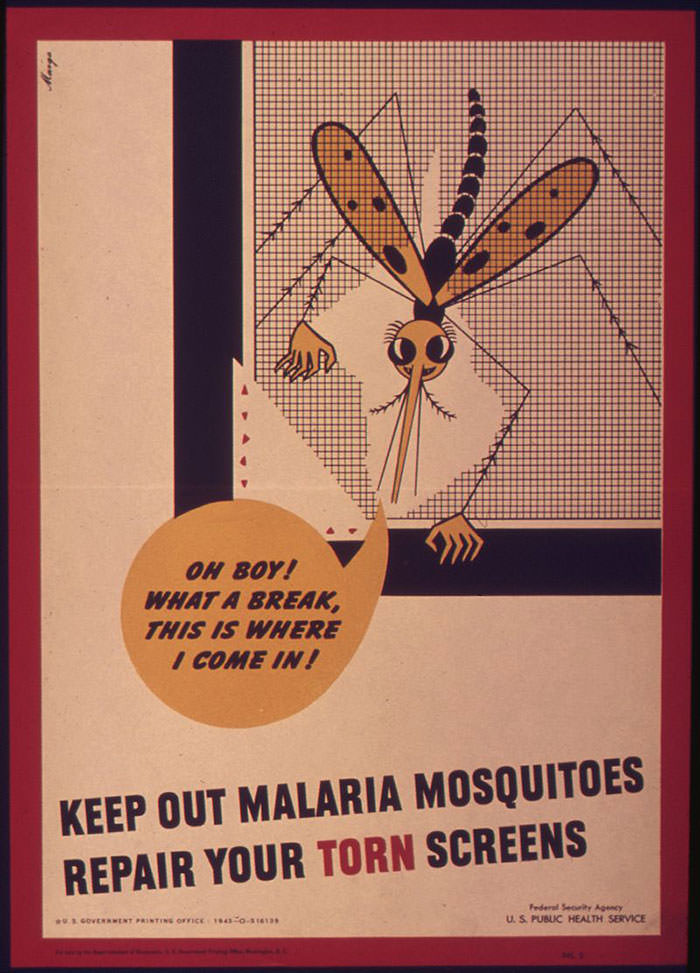
Malariotherapy, a controversial medical treatment developed in the early 20th century, involved intentionally infecting syphilis patients with malaria. The rationale behind this unconventional approach was that the high fevers induced by malaria would be sufficient to kill the temperature-sensitive syphilis bacteria, offering a potential cure for those affected by the disease.
Although the idea of using one deadly disease to treat another seems counterintuitive, malariotherapy did yield positive results for some patients. The high fevers experienced during a malarial infection were sometimes effective in killing the syphilis bacteria and alleviating the symptoms of the disease. However, the risks associated with malariotherapy were significant.
It is estimated that around 15% of the patients treated with malariotherapy died due to complications from the malaria infection. Additionally, those who survived the treatment often had to endure the severe side effects of malaria, including intense fever, chills, and body aches.



Thankfully, antibiotics are available now, because malaria isn’t exactly a fun disease.
There are some communities in Africa where sickle-cell disease (or carriers of it) is considered ‘advantageous’ due to its resistance to malaria
A person with one gene for it, but not the other, means only half of their blood cells are sickle-shaped, so they lose some oxygen capacity, but they are less likely to get malaria, and they don’t die like they would if they had both genes.
The fact that you have one normal allele and one sickle allele doesn’t mean that 1/2 of your cells will be sickled, even though that could still be fatal. Sickle cell disease is caused by small shifts in blood pH, which is why exercise can cause a full-blown crisis. The cells of people with “sickle cell trait” can sickle, but they don’t usually do so, even during exercise. It takes a more extreme change in blood chemistry for them to sickle. An interesting thing about malaria is that it changes the chemistry inside infected red blood cells causing them to sickle. In addition to destroying abnormally shaped cells, the immune system also destroys parasites that were hiding within them, breaking the chain of infection. Malaria can still affect people with sickle cell trait, but such infections are short lived and often have milder symptoms because it cannot remain hidden in their blood.
Sickled red blood cells also die as they enter arterioles, venules, and capillaries since they cannot flex their shape as normal red blood cells can
Because they don’t die fast enough, they get stuck in those small blood vessels, preventing oxygen delivery. If the arterioles feed brain cells, they can die of suffocation and cause strokes. Blockages cause lactic acid and carbonic acid to build up in the blocked area, shifting pH and causing more cells to sickle, which in turn blocks more blood vessels. This is a nasty positive feedback loop.
Before antibiotics, it was the only option for treating late-stage syphilis.
what is late stage syphilis
Your face falls apart and it eats away at your brain. Then you die.
Malariokart is a great game.